Hedges are often-overlooked wonders that run like green veins along the highways and byways of the British countryside. Not merely decorative features that surround our gardens, hedges serve as living barriers, providing privacy, shelter, and a clear delineation of boundaries.
Good neighbours need good hedges.
Hedges also offer ecological benefits. By creating havens for a diverse array of plants and animals, hedges foster biodiversity and promote pollination. These natural marvels deserve a cherished place in our landscapes.
No to fences! No to plastic!
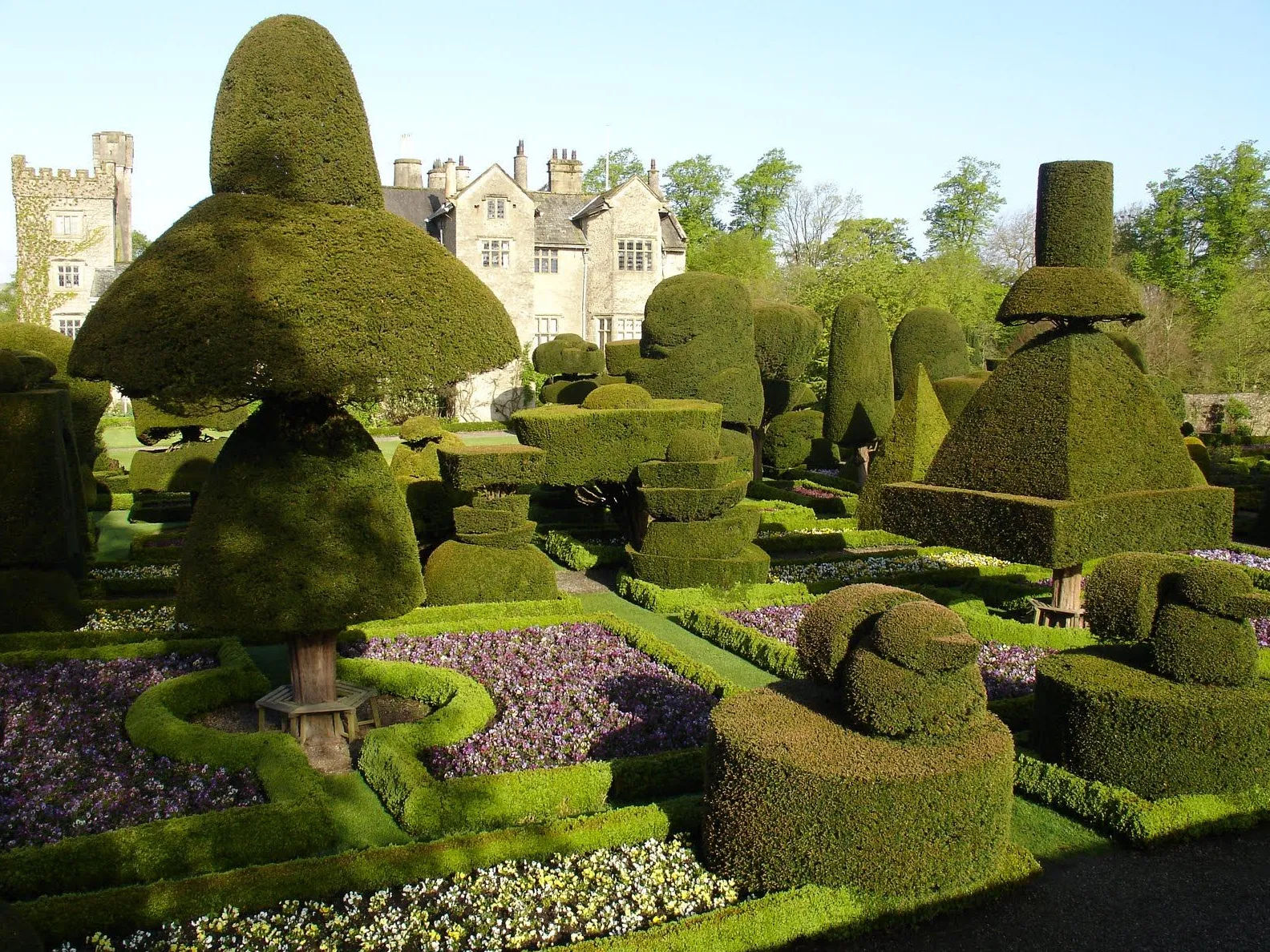
Boundaries often necessitate practical solutions, and a common immediate choice is to erect a fence—an instant boundary. However, fences fall short as a long-term solution and lack the natural beauty found in hedges. With their ugly, barren and unappealing appearance, fences fail to evoke any aesthetic charm. Things get decidedly worse with plastic-coated fences. Plastic cheapens any setting, but surrounding pants and nature with plastic! uPVC windows in old and historic buildings look equally appalling. It’s just wrong. Of course, this is the constant drive for convenience (laziness) over beauty, and not wanting to lift a finger to maintain anything or having a desire to pass anything lasting to future generations.
Moreover, fences demand constant maintenance and often rely on harsh chemicals that harm both the environment and human health. In stark contrast, hedges offer an enduring and visually pleasing alternative, transforming ordinary boundaries into vibrant mini ecosystems. These verdant barriers not only exude charm but also foster biodiversity, becoming welcoming havens for plants and animals.
Hedges offer an aesthetically pleasing, environmentally friendly, and enduring boundary solution, presenting an unparalleled choice over the limitations of fences and walls.
Angloriam is not a complete hedge absolutist. A beautiful drystone wall with a tightly clipped yew hedge growing behind it is a delightful compromise.
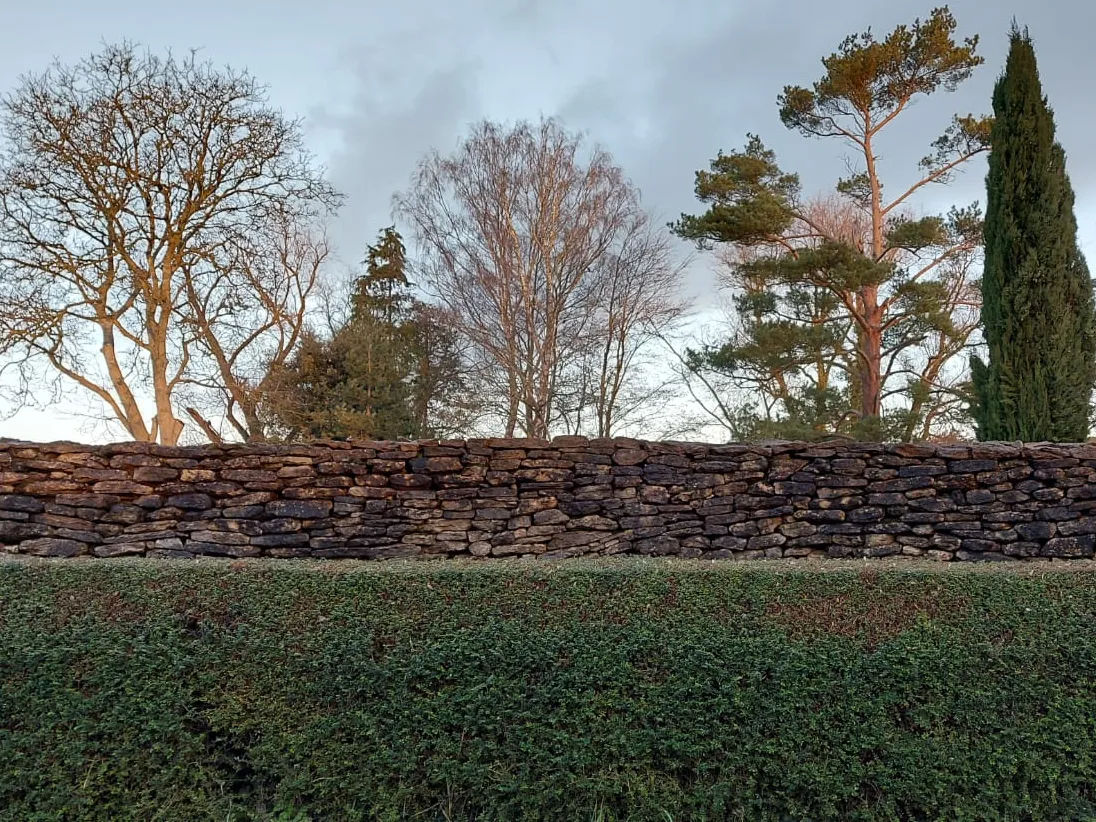
The quiet sanctuary — hedges as noise cancelling systems
You’re relaxing in your back garden, seeking solace from the hustle and bustle of the outside world. But wait, what’s that? The incessant noise of traffic and urban chaos invading your peaceful retreat. Fear not, for the solution lies in hedges. These vibrant green fences not only provide great privacy and beauty but also act as natural noise-canceling barriers. How does it work? Well, through acoustic buffering hedges absorb and diffuse sound waves, lessening the impact of bothersome noises from nearby streets and bustling areas. This means you can enjoy a quieter and more serene outdoor space, shielded from the clamour of everyday life. By planting hedges, you create your own tranquil sanctuary, giving you the peace and quiet you truly deserve.
Acoustic buffering refers to the ability of trees, shrubs, and hedges to absorb, reflect, and disperse sound waves, thereby reducing the intensity of noise.
Nature’s shield from pollution
It never ceases to amaze me when I walk along a suburban street, with traffic thundering by, that some houses have no barrier at all (or a crappy-looking fence that seems to amplify the noise and pollution).
“Plant a hedge!” I say to myself. Turn your home into a haven, breaking free from the concrete and steel that dominates the landscape. I look at the pitiable house and envision the transformation as it is surrounded by the lush green embrace of hedges—the instant calm and quiet. These vibrant living boundaries offer far more than just a picturesque view. They become your garden’s natural shield, protecting you from the elements with grace and efficacy. The thick foliage of hedges can also provide a cool and shaded sanctuary on warmer days. Beyond the pleasant shade, hedges act as nature’s own air purifiers, filtering out pollutants and providing you with cleaner, healthier air to breathe.
Hedges help absorb and mitigate pollution in a process known as phytoremediation. Phytoremediation is the use of plants to remove, degrade, or immobilize environmental pollutants, including airborne pollutants. Plants have the ability to absorb various pollutants from the air and store them in their tissues or break them down through chemical processes.
Research and studies have shown that certain plants are effective in removing pollutants such as volatile organic compounds (VOCs), nitrogen oxides (NOx), ozone (O3), sulfur dioxide (SO2), and particulate matter (PM) from the air. The effectiveness of phytoremediation can vary depending on the plant species, environmental conditions, and the specific pollutants present.
One of the reasons hedges are particularly effective at pollution absorption is due to their dense foliage, which provides a large surface area for capturing and filtering pollutants. Hedges planted in urban areas, where pollution is a prevalent concern, are invaluable in improving air quality for nearby residents.
Harangue your local council now and ask them about their hedge planting policy.
The ancient art of hedgelaying

Steeped in history, the age-old practice of hedge management has been an integral part of the British countryside for generations. Dating back to the pre-enclosure era, when the landscape was defined by common lands and open fields, hedgerows were essential in marking boundaries and providing livestock with natural enclosures. However, it was during the Enclosure Acts, from the 18th to the 19th century, that hedge laying truly flourished.
Hedge laying involves a meticulous process of rejuvenating and reshaping existing hedgerows to promote their growth and longevity. Skilled hedge layers employ various techniques, depending on the region and the hedge’s intended purpose. Traditionally, these techniques include pleaching, layering, and binding, where live stems are expertly intertwined, creating a dense and robust living fence.
Hedge laying became more than just a practical agricultural technique; it became a craft, with distinctive regional styles and variations. The craft was passed down through generations, and communities took pride in their unique hedge-laying traditions, often competing in local competitions to showcase their expertise.
While modern agricultural practices and the expansion of mechanization have led to a decline in traditional hedge laying, efforts to preserve this ancient craft persist. Conservation organizations, enthusiasts, and local communities continue to champion the importance of hedgerows as vital habitats for biodiversity and part of the cultural heritage of Britain.
Today, hedge laying stands as a living testament to the connection between the British people and their environment. It reminds us of the delicate balance between progress and preservation, showcasing how ancient traditions can adapt and endure, bridging the past with the present, and preserving the natural tapestry of the British countryside.
The Enclosure Acts | Shaping Britain's Landscape and Society
Enclosures involved consolidating and fencing off common lands, redistributing land holdings, and converting them into individual, privately owned plots. This process increased agricultural productivity, improved land management, and facilitated more efficient farming practices. Proponents also argue that it helped modernize agriculture, leading to advances in technology and more productive farms. However, the enclosures certainly had a negative impact on rural communities, especially the agricultural labourers and smallholders who depended on common lands for grazing livestock and gathering resources. The enclosure of common lands often resulted in the loss of access to these resources, often leading to the displacement and impoverishment of rural communities. Additionally, the enclosure process concentrated land ownership in the hands of a few wealthy landowners.
Regional styles of hedgelaying

Across Britain, hedge laying has evolved, giving rise to distinct regional styles that reflect the unique characteristics of each area. From the rugged coastlines of Devon and Cornwall to the rolling hills of Yorkshire and beyond, the techniques and aesthetics of hedge laying vary.
Devon and Cornwall’s Mound-style Hedge Laying
In the counties of Devon and Cornwall, hedge laying takes on a distinctive technique known as “mound-style” or “Devon bank” laying. Rather than laying the hedges on the flat ground, hedge layers here skillfully create earth banks, forming mounds where the hedge is planted. The hedge stems are woven and layered, and the bank acts as an additional barrier, adding stability and longevity to the hedge. This method is adapted to the region’s climate, where the hedges double as effective windbreaks, offering protection to crops and livestock against the Atlantic’s fierce coastal winds.
Yorkshire’s Stake and Pleach-style Hedge Laying
In Yorkshire the “stake and pleach” style reigns supreme. Tall stakes are driven into the ground, and flexible hazel or willow branches are pleached, or woven, between them to create a dense and intricate living fence. The result is a visually striking hedge, highly effective in containing livestock and serving as a boundary marker across vast stretches of farmland.
East Anglia’s Hurdle-style Hedge Laying
In the eastern reaches of Britain, in East Anglia, hedge layers often employ the “hurdle-style” approach. This method involves weaving long, straight stems of hawthorn or blackthorn between stakes to create a tight fence with a rustic appearance. This creates a robust barrier, commonly used to confine livestock while still allowing glimpses of the countryside beyond.
These are just a few examples of the regional differences in hedge laying across Britain. Each style bears witness to the cultural heritage and intimate connection between a land and its ethnos, its people. Hedge laying must continue to be celebrated and preserved, so that these unique regional techniques remain a testament to the harmonious coexistence of tradition and landscape.
Preserving nature's sanctuaries | The Wildlife and Countryside Act
Don't be too zealous with trimming hedges. The Wildlife and Countryside Act 1981 protects birds and their nests, making it an offense to intentionally take, damage, or destroy an active nest while it is in use or being built. This means that trimming or removing hedges during the bird nesting season (typically between March and August) can be illegal if it harms nesting birds.

Get involved with hedgelaying and conservation
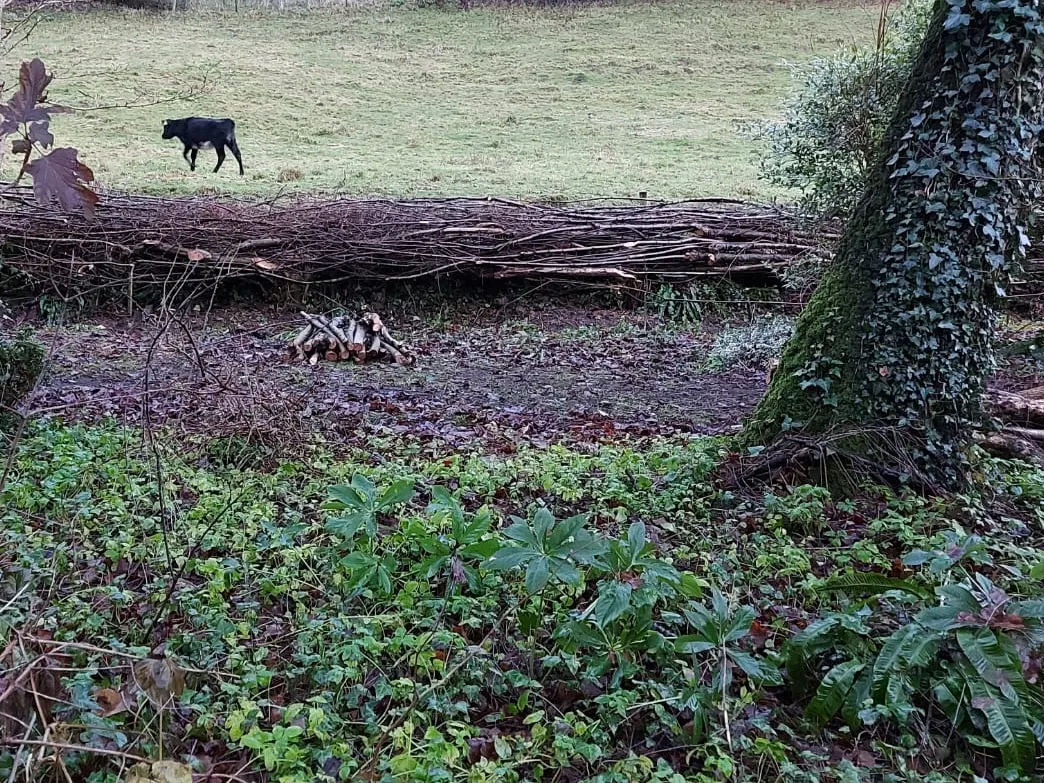
There are several societies and organizations in the UK and Ireland dedicated promoting and maintaining the ancient craft of hedge laying.
You can get advice on planting a hedge, learn about hedge laying techniques, volunteer, or support preservation efforts. In addition, many local Wildlife Trusts in the UK run conservation projects and initiatives that may include hedge laying and hedgerow restoration. Check with your local Wildlife Trust for opportunities in your area.
- National Hedgelaying Society
- Hedgerows Ireland
- British Trust for Conservation Volunteers
- Cotswolds Conservation Board
Choosing the perfect hedging plants
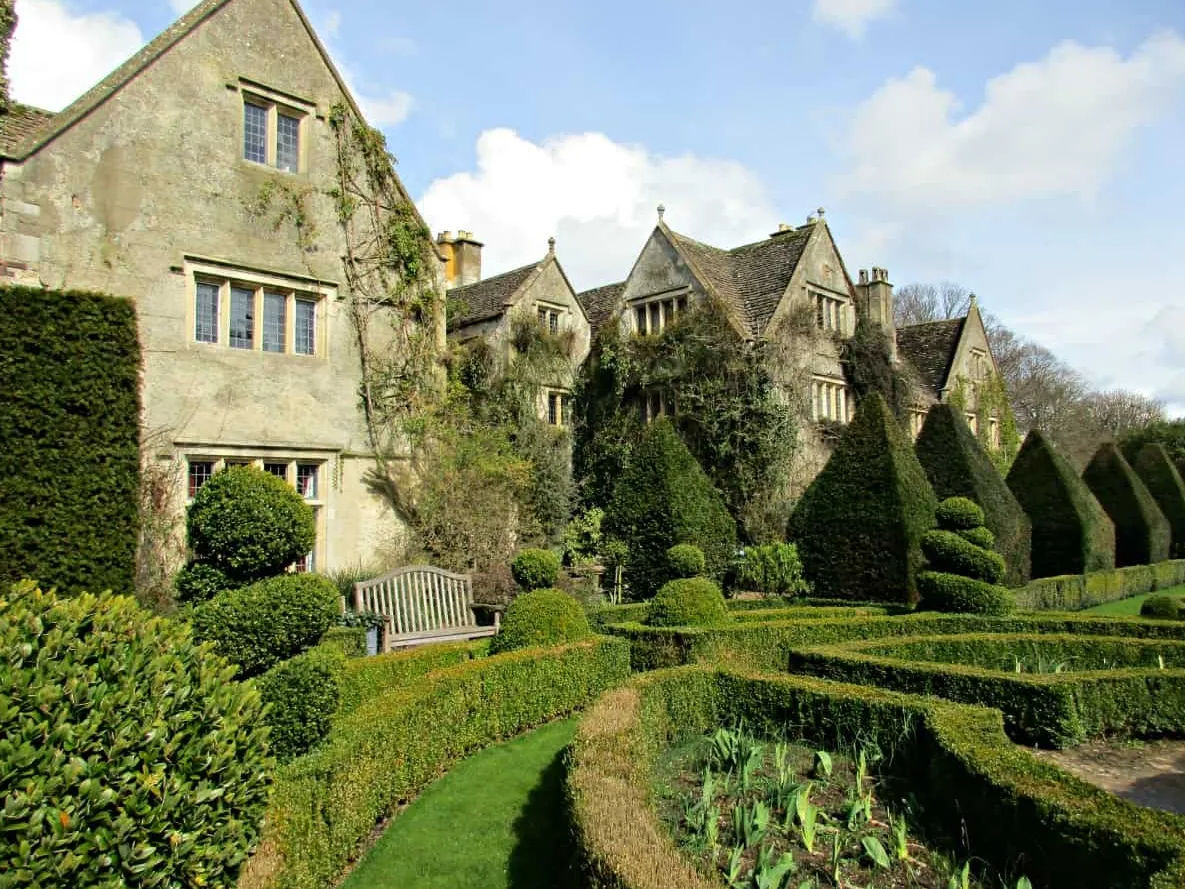
Selecting the right hedging plants can transform your garden. With the right choices, the hedge can provide beauty, shelter and a haven for wildlife.
Choosing indigenous British species plays a pivotal role in promoting biodiversity and supporting the local ecosystem. A mix of holly, blackthorn, hazel, ash, English oak and hawthorn forms a classic and wildlife-friendly combination. These native species provide shelter, nesting sites, and nourishment for a diverse range of insects, birds, and small mammals. Native species also integrate harmoniously with the the surrounding environment.
For timeless elegance and architectural appeal, consider classical choices like yew and box. Yew hedges exude a stately charm with their dark green foliage and slow-growing nature, while box hedges present a formal and sculpted appearance that can be artfully shaped to suit your landscape.
Venturing beyond the traditional, you might explore the unconventional beauty of laurel and even fuchsia hedges. While laurel boasts glossy leaves and rapid growth, it won’t create a dense barrier like other options. As such, caution should be exercised when selecting laurel as a hedge, particularly if a compact boundary is desired.
When choosing your hedging plants, consider the specific needs of your garden and the wildlife you wish to support. Combining indigenous British species with classic choices can not only enhance the aesthetics of your outdoor space but also play a vital role in preserving the precious balance of nature that surrounds us.
Delving deeper into hedges
If you are eager to explore more about the harmonious interplay of nature and human cultivation that hedges represent, the following books offer valuable insights;
Life Prevails by Pentti Linkola
As a deep ecologist and controversial figure, Pentti Linkola had radical views on conservation, overpopulation, and the urgent need to protect the natural world. Life Prevails is an important book with ecological arguments that should be more widely understood. And by reading his impassioned pleas to respect our biodiversity, he certainly encourages a desire to do the right thing when it comes to respecting nature. Planting hedges is a good start.
“For a protector of life, who is moved by the diversity of life (biodiversity), it is unthinkable that the whole Earth should belong only to one animal species, humanity.” — Pentti Linkola
The English Flower Garden by William Robinson
Take a step back in time to the late 19th century with William Robinson’s seminal work on English flower gardens. A pioneer of the herbaceous border, Robinson argued for a more natural style of layout in the garden, where hedges play an integral role that contributes to their timeless charm.
The Art and Craft of Garden Making by Thomas H. Mawson
In his classic reference book, which is full of practical advice, Thomas H. Mawson provides a lot of interesting information on hedges.
“Nothing could be more disastrous to good garden design than antipathy to hedges. Instead of considering them as unfortunate requirements, opportunities should rather be sought for planting them.” Thomas H. Mawson
John Clare: Major Works (Eric Robinson, et al.)
The poet John Clare was a supreme enthusiast of nature and keen observer of rural life. His verses are alive with his giddy delight and enchantment with the beauty of the English countryside.
On a Lane in Spring - John Clare
A Little Lane, the brook runs close besideAnd spangles in the sunshine while the fish glide swiftly by
And hedges leafing with the green spring tide
From out their greenery the old birds fly
And chirp and whistle in the morning sun
The pilewort glitters ‘neath the pale blue sky
The little robin has its nest begun
And grass green linnets round the bushes fly
How Mild the Spring Comes in; the daisy buds
Lift up their golden blossoms to the sky
How lovely are the pingles and the woods
Here a beetle runs; and there a fly
Rests on the Arum leaf in bottle green
And all the Spring in this Sweet lane is seen
Reconnecting with nature through hedges
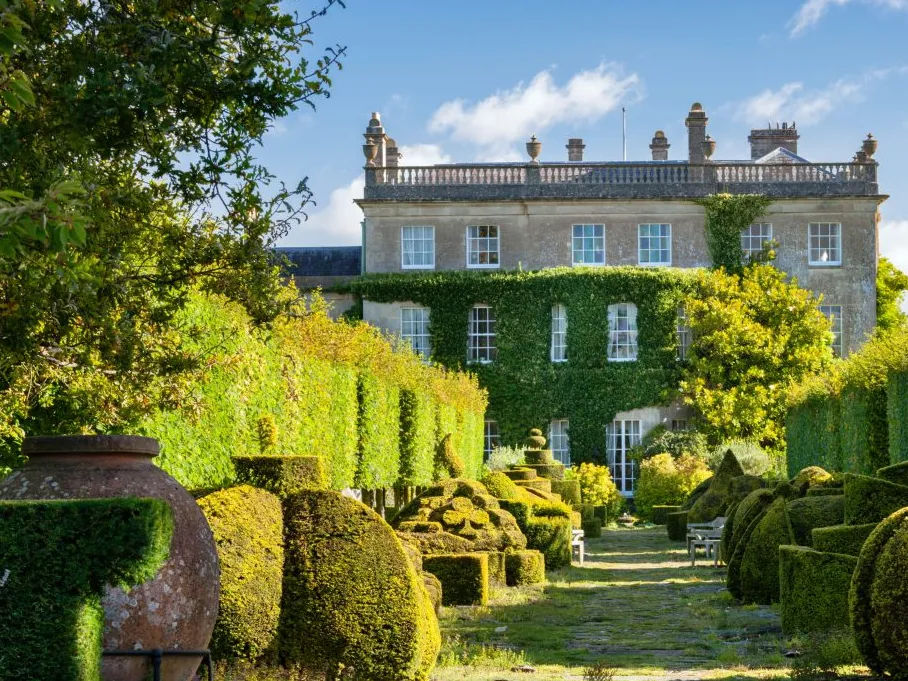
Beyond a mere picturesque boundary, planting a hedge in your garden is an invitation to rediscover our own place within nature.
As each season unfolds, your hedge transforms into a thriving sanctuary, where the sweet melodies of birdsong and the gentle hum of bees serenade the summer air. Imagine the delight as you watch as butterflies gracefully alight on blossoms, and fledglings seek shelter — such tranquil scenes are a gift bestowed by nature in response to your care and efforts.
In cultivating your own hedge, you create more than just a living boundary; you foster a profound connection with the natural world — a connection we are slowly drifting away from as the concrete and plastic and steel envelops us.
So seize your spade, and through the act of planting a hedge, reclaim that vital link to nature.






